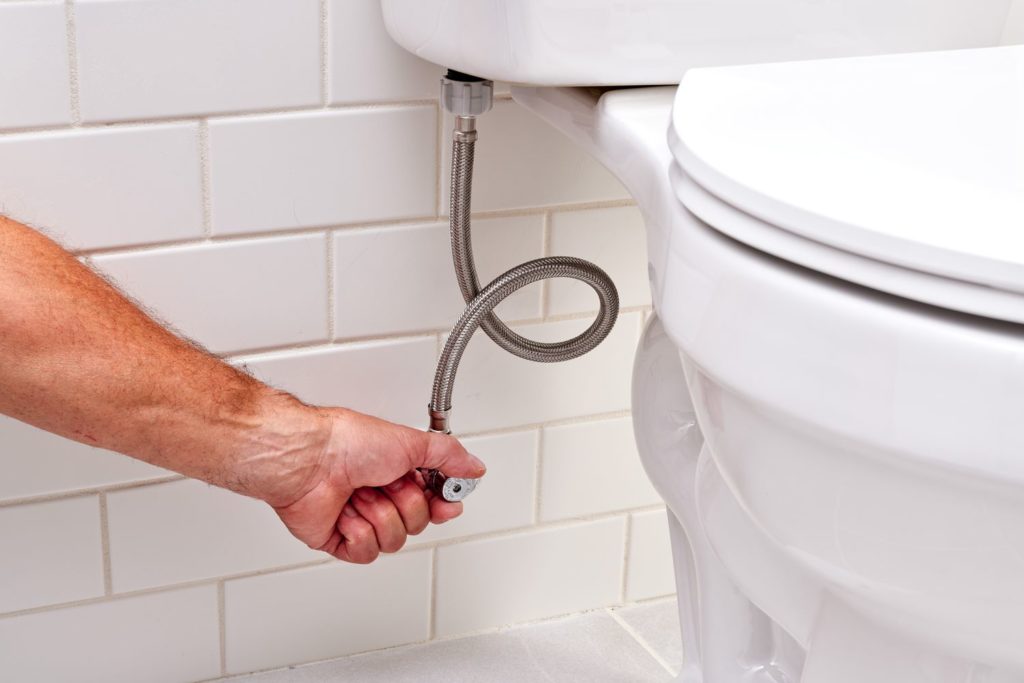The issue of bathroom wood rot leak is a common yet often overlooked problem that can lead to significant damage if not addressed promptly. Wood rot in bathrooms usually occurs due to persistent moisture and leaks, which create the perfect environment for rot to thrive. In this article, we will explore the causes, prevention methods, and solutions for dealing with wood rot in your bathroom.

Understanding Wood Rot
Wood rot is a type of decay caused by fungi that thrive in damp environments. Bathrooms, with their constant exposure to water and humidity, are especially vulnerable. The key to preventing wood rot is understanding how it begins and what conditions encourage its growth.
Causes of Bathroom Wood Rot
Several factors contribute to the development of wood rot in bathrooms:
- Leaky Plumbing: Pipes that leak water onto wooden surfaces can lead to rot.
- Poor Ventilation: Without proper airflow, moisture accumulates, creating a breeding ground for fungi.
- Inadequate Sealing: Gaps in tile grout or around fixtures can allow water to seep into wood.
For more detailed comparisons between leaks vs humidity, you can visit our internal resource.
Identifying Wood Rot in Your Bathroom
Recognizing the signs of wood rot early can save you from extensive repairs. Look for:
- Discoloration: Wood that has changed color may be rotting.
- Softening: Rotting wood will often feel soft and spongy.
- Musty Odor: A persistent musty smell can indicate hidden rot.
If you’re unsure about signs of leaks, check out ceiling signs for more insights.
Preventing Wood Rot
Prevention is always better than cure. Here are some tips to prevent wood rot in your bathroom:
Improve Ventilation
Install exhaust fans or open windows to reduce humidity levels. This simple step can drastically decrease the chances of wood rot.
Seal Gaps and Cracks
Ensure that all tiles are properly sealed with a high-quality sealant. For more information on sealants, consider visiting tile sealant.
Regular Inspections
Conduct regular checks for leaks and repair them promptly. Regular maintenance can prevent minor issues from becoming major problems.
Repairing Wood Rot
If you find wood rot in your bathroom, it’s crucial to act quickly. Here’s how you can repair it:
Remove Affected Wood
Cut out the rotted wood and replace it with treated wood to prevent future rot.
Treat the Area
Use fungicide to treat the affected area and eliminate any remaining fungal spores.
Address the Source
Identify and fix the source of moisture that caused the rot initially. For further guidance on handling a sink overflow leak, our internal resources provide detailed information.
The Role of Professionals
While some repairs can be handled by homeowners, severe cases of wood rot might require professional intervention. Professionals can provide a thorough assessment and ensure that all rot is effectively treated.
Conclusion
Addressing a bathroom wood rot leak promptly can save you time and money. By understanding the causes, identifying the signs, and taking preventative measures, you can protect your bathroom from the damaging effects of wood rot. For more detailed advice on identifying hidden leaks, consider visiting Waterworks.

Frequently Asked Questions
How can I tell if my bathroom has wood rot?
Look for signs such as discoloration, softening, and a musty odor. Regular inspections can help identify these issues early.
What should I do if I find wood rot?
Remove the affected wood, treat the area with fungicide, and address the source of moisture to prevent future occurrences.
Can I prevent wood rot entirely?
While it’s challenging to completely prevent wood rot, improving ventilation and sealing gaps can significantly reduce the risk.
This article contains affiliate links. We may earn a commission at no extra cost to you.



